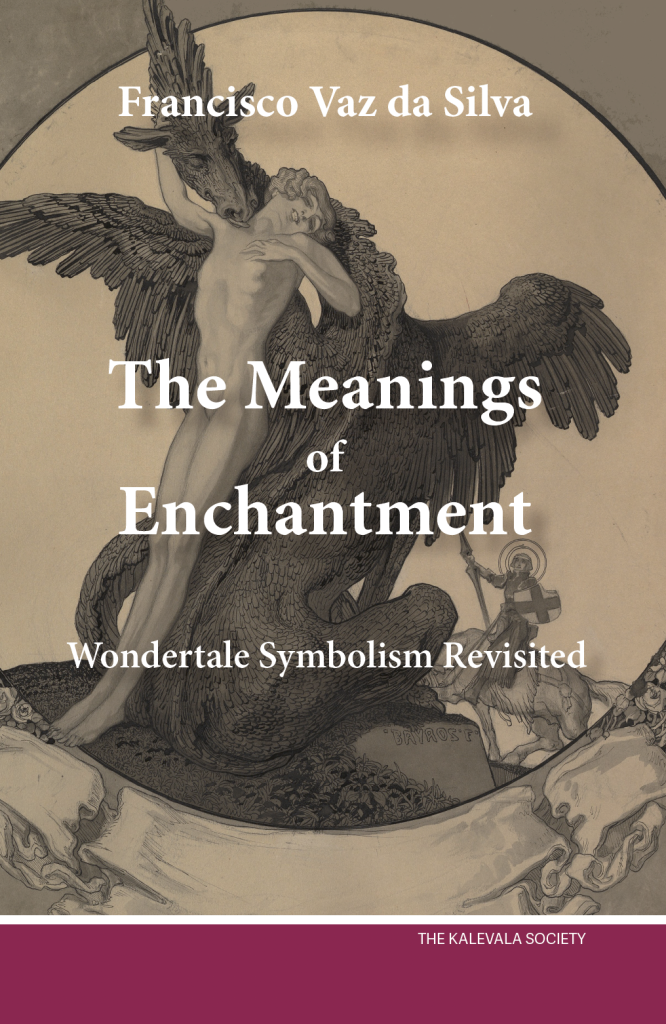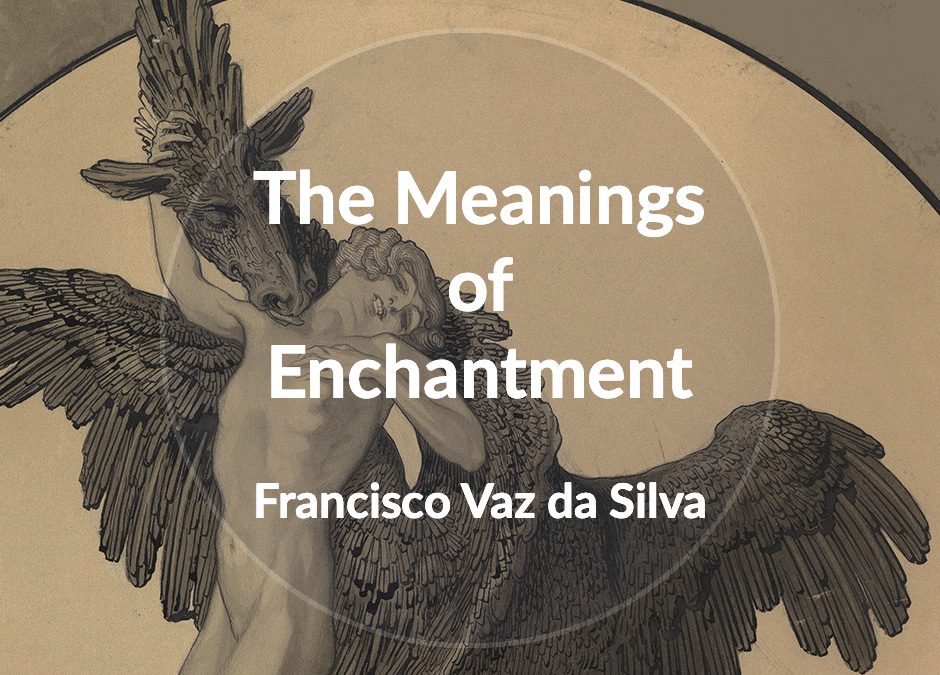The Meanings of Enchantment
Wondertale Symbolism Revisited
Francisco Vaz da Silva
The Kalevala Society
Folklore Fellows’ Communications 326
Helsinki 2023
218 pages
ISBN 978-952-9534-05-0
Available at the Tiedekirja bookstore, 28 €
 This study posits that the meanings of enchantment can be rationally described, but wondertales need to be elucidated in their own terms, as opposed to bringing preset external theories to bear on the stories.
This study posits that the meanings of enchantment can be rationally described, but wondertales need to be elucidated in their own terms, as opposed to bringing preset external theories to bear on the stories.
The argument sets out to reveal the symbolic framework of wondertales as a genre. It underlines the stability of symbolic patterns in tales across space and time, as well as the adaptability of the myriad variants to specific historical settings—hence, the evolution of the texts in tune with their contexts.
Going beyond rigid distinctions of oral vs. literary vs. cinematic retellings, this book shows that the comparison of all sorts of variants is helpful to understand the tales. It would not be wrong to say that it proposes a mental ethnography of the wondertale—a cartography of its symbolic landscape—up to the present day. Along the way, it revisits a number of received ideas (such as the centrality of male protagonists, the inherent victimhood of feminine characters, and the immanent misogyny of the tales) in light of oral retellings and older literary strata of the wondertale tradition.
Contents
Acknowledgments
Author’s Note
Prologue
Introduction (read on-line)
Wondertale
Mythism
This Project
Earlier Approaches
In and Out of the Echo Chamber
In a Nutshell
Part 1: The Basics
1 First Look: Dragons, Maidens, and Scholars
First Impressions
Basic Tale Model
Cyclic Ontology
2 Morphology and Ideology: Propp Revisited
Morphological Hints
An Androcentric Bias
Children’s Tales?
A Mind Flip
Tests, Trials, Enchantments
3 Variations and Meanings: Snake Idylls
A Comparatist Stance
Variation
Allomotifs
Girls and Dragons
Flowers, Wine, and Snakes
On Dragons
Converging Perspectives
Flower and Snake Metaphors
Part 2: The Core
4 Wondertale as Metaphor: Moon Lovers
Dangerous Brides
A Prior Relationship
Riddling Brides
Dragon Maidens
Own Blood
Blood, Poison, Snakes
Lunar Monsters
Roots of the Mind
Wondertale as Metaphor
5 Enchantment as Fate: Crones and Maidens
Blood Omens
Three Times Seven
Gardens and Spells
Crone Towers
Girls and Towers
Enchanted Sleep
Euphemism: Perrault
Gretel in the Bush
Euphemism: Grimm
Sleeping Beauty in the Oral Traditions
Chronology and Oral Texts
Sleeping Beauty Meets Snow White
The Crone and the Maiden
Apple Conceptions
Upward Displacement
Evolution by Cultural Selection
6 Implied Meanings: Enchantment Metaphors
Beyond Europe
Three Tales in One Text
Blood Flows
Meanings by Redundancy
Bloody Hands, Shattered Pots
Two Tales of Extinguished Fire
Blood and Fire
Cinders to Fire
Ashes, Ovens, Pots
Ashy Pussy
Inner-Fire Metaphors
Part 3: The Lessons
7 Conclusion: A Transformational Field
A Metaphorical Framework
Whose Ethics/Esthetics?
Mythism, Again
New Wine in Old Bottles
More Dangerous Brides
Stable Themes, Evolving Variants
Evolving Tales: Rape and Beyond
Wrapping Up
Works Cited
Sources
Literature
Index
Erratum (note from the author)
